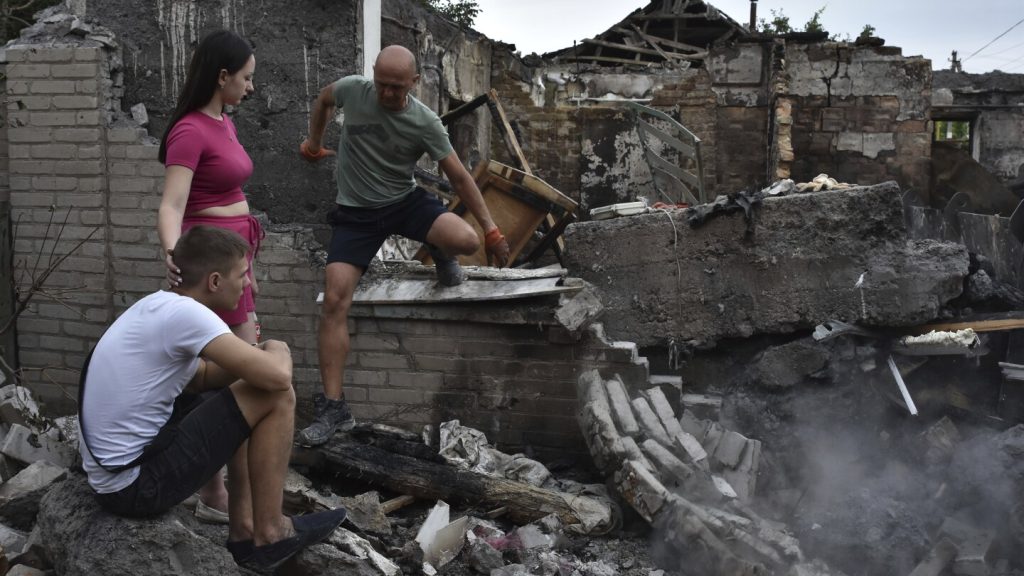Ukraine’s ground offensive against Russia has been limited due to restrictions imposed by the United States on the use of long-range ballistic missiles provided to Ukraine. The Biden administration is cautious in supplying advanced weapons to Ukraine to avoid provoking retaliation from Russian President Vladimir Putin. Some analysts argue that Putin’s threats are empty, but the delayed and conditional support from the U.S. could contribute to Ukraine’s defeat in the long run.
There is a growing push among retired U.S. military leaders, diplomats, Republican lawmakers, and security analysts to relax restrictions on how Ukraine can use Western-provided weapons. The European Union’s foreign affairs chief also called for lifting these restrictions to strengthen Ukrainian self-defense and reduce destruction in the country. Ukrainian President Volodymyr Zelenskyy has urged the U.S. to drop the ban on using American long-range ATACMS missiles to strike deeper into Russia, highlighting the frustration with the limitations on weapon use.
Security analysts confirm Ukraine is using U.S.-provided HIMARS rocket systems in its offensive and has announced the use of a U.S.-supplied glide bomb against Russian forces. Ukraine’s military launched a ground offensive into Russia’s southern Kursk region without consulting American leaders, highlighting its determination to fight the war with all available weapons. The U.S. has approved advanced weapons for Ukraine, including tanks, rocket systems, Patriot missile batteries, and F-16 aircraft, but has refrained from allowing ATACMS strikes in Russia.
While the Biden administration condemns Russia’s attacks on Ukrainian energy infrastructure and helps bolster Ukraine’s defenses, it has not changed its policy on long-range weapons. The administration believes there is no strategic advantage to ATACMS strikes within Russia due to limited missile numbers and Russia’s repositioning of aircraft away from potential targets. However, critics argue that selective strikes against Russian military targets could significantly impact Russia’s logistical support for front-line forces, putting a strain on its operations.
Ukraine seeks to gain battlefield momentum through surprise offensives, demoralizing attacks within Russia, and advanced weapons to counter Russia’s larger military. While Ukraine has had some successes, including deploying armed drones and electronic warfare tactics, it needs the punch of ATACMS missiles to target hardened Russian bases. The hope is that such strikes would force Putin to divert resources to protect key targets, reducing Russia’s ability to support its front-line forces.
As Ukraine and the U.S. strategize on the next phase of the war, discussions revolve around rebuilding Ukraine’s ground forces and adding capacity to hit Russia hard enough to seek a cease-fire on terms favorable to Ukraine. Long-range missile strikes on military targets in Russia are seen as crucial to prevent Russia from having a safe retreat. With billions of dollars in U.S. military support flowing again and increased military conscription in Ukraine, the focus is on regaining leverage on the battlefield to secure a more favorable outcome in the conflict.


